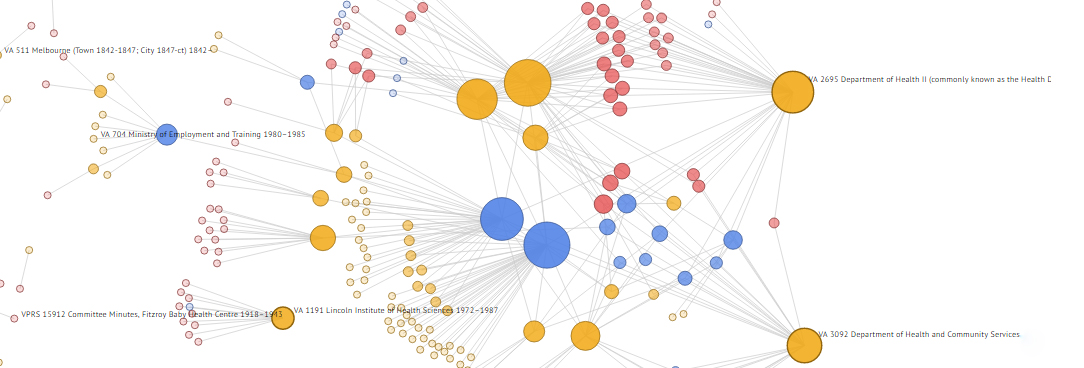Asa Letourneau
How long have you been working at PROV?
I've been working at PROV since 2005.
What is your role at PROV?
My role at PROV consists of a variety of activities. One of the great things about PROV is our desire to use new technologies to present our collection in new and interesting ways. So one of the main aspects of my role is doing research and development around these new technologies.
How did you get into your current role?
I started off curating physical exhibitions for the Victorian Archives Centre exhibition space. While in this role I started to become really interested in connecting global archival collections and the sustainability of records, so in 2011 I took up a role in PROV’s Digital Projects team focusing on using digital tools to increase access to and usage of the archives. While I was working in that role the opportunity came up to help expand PROV’s digital presence, so I was thrilled to come on board as part of that strategy.
Why did you want to work at PROV?
I had never worked in a memory organisation before; I had only ever curated fine arts exhibitions before I worked at PROV. I saw this as a great opportunity to share some of the interesting, incredible and often heartbreaking personal stories from Victoria’s history.
From when you arrive at the Victorian Archives Centre in the morning until you leave in the evening, what does a typical day look like?
I love that there really isn’t a typical day in my role, because I work on so many different tasks at once. It’s totally unpredictable! On any given day I’ll switch from communications to social media to managing interns, then I might work on data analytics and do some research and development later in the day.
What is the most enjoyable aspect of your role?
I’ve always liked the idea of being a pioneer, so I enjoy changing the landscape at PROV by implementing new technologies to make the collection more accessible and engaging. One of the projects I’m working on at the moment is a data visualisation which presents data about our collection in a graphical format. This means that a first time researcher can click through a list of functions or activities of government until they get to right down to the specific details of a particular record. I also work on PROV’s social media communications and make our exhibitions accessible online.
What are the most important skills in your role? Which do you use every day?
The three most important skills in my role are adaptability, flexibility and creativity.
What advice would you give to someone entering the field?
What type of background would be most helpful? Take some time to familiarise yourself with some of the technologies and skills relevant to the role, for example XML skills, and an understanding of CMS platforms, semantic web, Google Analytics and new collection presentation platforms such as the Google Cultural Institute.

